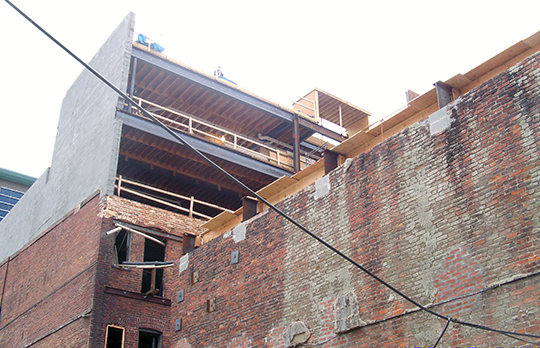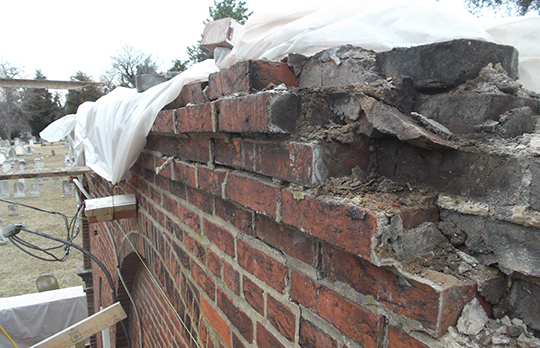

#BUILDING ENVELOPE REPAIR PROFESSIONAL#
The engineer who performs the inspection should be able to help you prioritize any necessary repairs and maintenance that your condominium building requires.Įven if you don’t act immediately on those findings, you shouldn’t ignore the recommendations of your engineer or design professional or delay the work they recommend because of its potential cost. Some items may require immediate action some may require ongoing monitoring others may not require any action at all. That said, you won’t necessarily have to address every issue the inspection report identifies or complete all the repairs an engineer may recommend. The key, of course, is not just to commission a report, but to act on its conclusions and on the advice of your engineer and design professionals.

This analysis may confirm that your building is structurally healthy, or it may identify issues that are not yet apparent but will have to be addressed – such as the deterioration of the steel reinforcing and concrete in structural support beams that very likely played a significant role in the Surfside collapse. The older the building, the stronger the argument for a thorough inspection by a licensed professional engineer. Should all condominium buildings be inspected? Unless your building is very new or has recently undergone an inspection, an inspection is probably a good idea. This summarizes the questions they are asking and the advice we are giving them:ġ. Since the Surfside tragedy, we have received numerous calls from board members, property managers and unit owners wondering how they should respond. Just as a friend’s heart attack could be a wake-up call to someone who has high blood pressure, Surfside may be a warning to condominium associations that have not been sufficiently attentive to building maintenance and repairs or as proactive as they should have been in dealing with them. In the extreme, deferred maintenance/repairs may be catastrophic. Deferring maintenance and necessary repairs ─ignoring the advice of engineering or other consultants ─can turn minor problems into major headaches and turn simple, affordable repairs into complex, costly construction projects requiring outsized assessments.

This position is, neither sensible nor cost-effective. Like patients who ignore their high blood pressure because addressing it requires lifestyle adjustments they don’t like, many condo associations defer maintenance and/or repair projects because owners and board members object to the expense associated with these projects. Unable to obtain the required consent of unit owners, several boards delayed those essential infrastructure repairs the deterioration continued unabated for years, ultimately resulting in or at least contributing to the building’s collapse. News reports indicate that the building had long suffered from the deterioration of reinforced concrete, steel structure and other critical components that went unrepaired, despite the advice of many engineers and other design professionals who had identified the problems and urged the board to address them. It is the essential lesson that condominium board members and unit owners should take from the Champlain Towers disaster. As an attorney who advises condominium boards on contracts and other issues related to condominium construction projects, this is something I’ve been telling my clients for decades. While Surfside may not constitute a screeching ‘hair-on-fire’ alarm, warning condominium boards that their buildings are about to collapse, it is a bright yellow light flashing a caution that board members and unit owners should heed: “You ignore or delay necessary common area maintenance and repair at your peril (and your expense).” However, news reports have identified one contributing factor that many condominium communities have in common with Champlain Towers ─ ignoring or avoiding necessary common area maintenance and infrastructure repairs. Fortunately, this combination of serious problems in a single condominium is rare. While the investigation of the Surfside disaster is still ongoing, it will almost certainly identify many factors that ultimately led to the collapse of the Champlain Towers building, among them: Design flaws, construction deficiencies, structural weaknesses, erosion, and the degradation of building materials. Owners of condominium units looked at the rubble where that building had stood and wondered: “Is my building going to collapse and what can we do to avoid that risk ?” The 2021 structural failure and collapse of a building at Champlain Towers, a 12-story condominium in Surfside, Florida, has reverberated in condominiums all over the country.


 0 kommentar(er)
0 kommentar(er)
